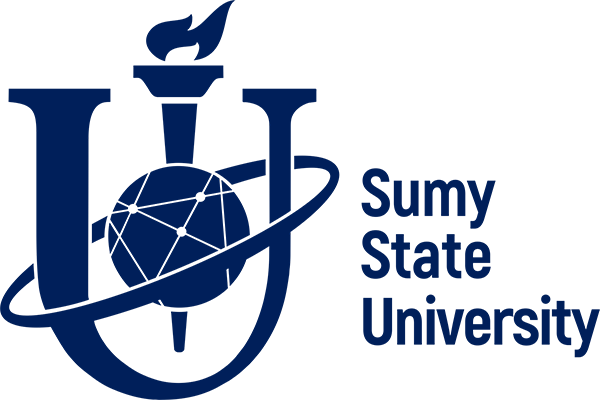Recombination of the Character in the Story by V. Petrov «An Enamalled Bowl»
DOI:
https://doi.org/10.21272/Ftrk.2020.12(2)-5Keywords:
recombination, individual, crisis of values, chronotope, landscape, picturesque, absurdity of the being, existence, autobiographical character.Abstract
The investigation article is carried out on the basis of the story «An Enamelled Bowl» by V. Petrova. It traces a chronotopic model, which is archetypal for V. Petrov’s works: human existence in times of ideological change becomes catastrophic for it, because it is «reprogrammed»; the worldview, psychology and morality are comprehended, the social values of the artist are defined in order to realize the spiritual and aesthetic essence of the character of the work; the author’s artistic mechanisms of their embodiment are revealed; the development of the conflict is traced to show the confrontation of different ideas.
In study brought the focus is on the fact that the inner freedom of uniqueness is the basis of existential morality – people place confidence in myself, have a guard in oneself, frankness with oneself is the opposition of world disharmony.
The system of figurative-expressive means and techniques are analyzed, in particular, the landscape, which enhances the tragedy of the situation, dialogues that dramatize the action, the symbolism of color, descriptions of the interior, which help to create a psychological portrait of the character.
In the work emphasize a point that the idea of human life, asserted by V. Petrov, gives rise to another – the idea of self-denial in the name of work for the benefit of mankind.
The writer’s understanding of rigidity, as a statement of the inviolability of power, clearly correlates with the aesthetic pursuits of V. Petrov, consistent with the new aesthetic and philosophical views in Europe.














